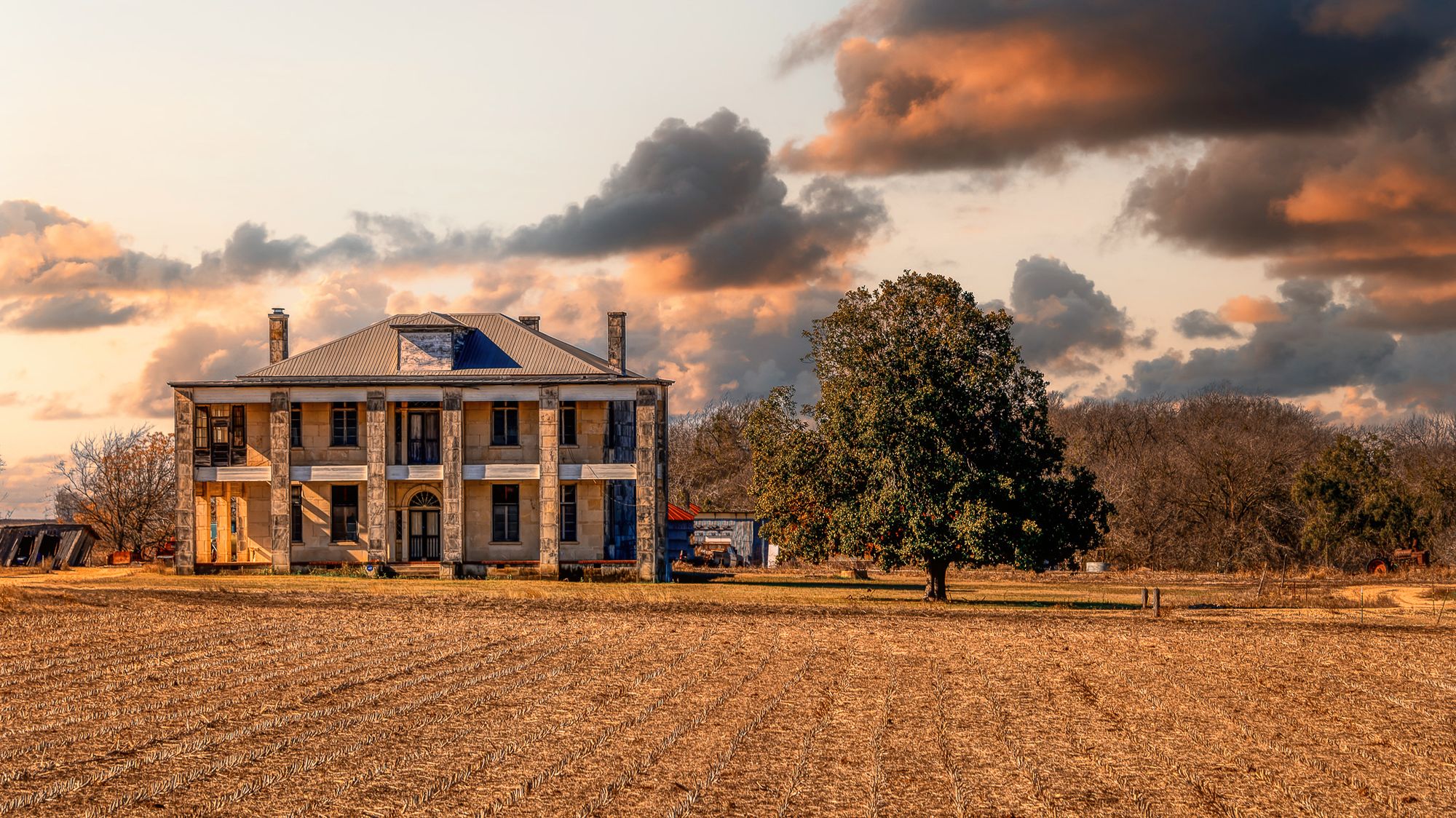“Texas Chainsaw Massacre”: Another Unwatchable Remake


In the summer of 1973, University of Texas Assistant Film Director Tobe Hooper and his friend Kim Henkel began the production of the original “Texas Chainsaw Massacre.” With a budget around $140,000, a small cast of local Texan actors, and a 16 mm camera, they began to film in an abandoned farmhouse — all the while braving over 100-degree weather. The small budget resulted in a film with limited special effects that, more often than not, obscured its action behind a veneer of darkness, relying more on the audience’s imagination to create horror than actually presenting it on screen. The end result was a strange mixture of an exploitation film, horror, and even dark comedy — a movie that eschewed plot and character development in favor of the maniacal bickering of a murderous country family and the fearful performances of its actors, who had to endure the terror of this troubled film shoot. Released almost a year after filming had completed, the original “Texas Chainsaw Massacre,” which feels more like a depraved home movie than a polished Hollywood production, proved to be a box-office success and has become one of the most influential films in the horror genre. Although the film is certainly not without its faults, it produced a more impactful and memorable horror by depending on the skill of its actors and engaging the darkest depths of the viewer’s imagination.
You may wonder why I have spent so much time discussing a movie filmed nearly 50 years ago. That is because its remake, “The Texas Chainsaw Massacre” (2022), now available to watch on Netflix, constantly attempts to remind the viewer of the original. Similar to the recent “Halloween” sequels, this film presents itself as a fresh start to a troubled franchise, essentially revamping the first film and forgetting the slew of critically reviled straight-to-video sequels. As if to drive the point home even further, the film begins with a montage of grainy footage from the first film, along with narration that provides a brief synopsis of the original movie’s plot. However, as much as this film tries to appeal to the memory of its predecessor, it actively rejects everything that made the original “Texas Chainsaw Massacre” unique, succumbing to the worst impulses of modern horror cinema.
Like the original, the film focuses on a group of young adults who enter rural Texas only to be hunted by a crazed slasher known as Leatherface. Unfortunately, the original’s lack of special effects is replaced by a barrage of gratuitous violence, which left me feeling more disgusted than scared. The film is not afraid to show every gruesome detail, and although the gore is well rendered and realistic, it ultimately feels shallow and uninspired. The movie has no suspense or tension, and the lack of memorable performances or interesting dialogue left me unable to care about any of the characters. In fact, most of Leatherface’s victims have no lines and are merely present to fill the already short runtime with more repetitive action.
One of the more frustrating aspects of the film’s script is the return of Sally Hardesty, the main character and sole survivor of the original movie, as a vengeful Texas Ranger determined to kill the man who tormented her 50 years ago. Clearly, this is an ode to Jamie Lee Curtis’ reprisal of Laurie Strode in the recent “Halloween” movies, which similarly feature the return of a hardened horror protagonist. Yet unlike Curtis’ character, who was the central figure in the entire “Halloween” franchise, Sally only appears in the original film, and most of her character’s fame is due to the performance by Marilyn Burns, who sadly passed away in 2014. Overall, the character’s return only ends up feeling like a cheap attempt at fan service, one that I imagine would fall flat with any fan of the original.
On top of the problems I have already mentioned, what separates this film from a generic schlock-fest to a truly terrible movie is its exploitative use of societal issues as plot devices. For example, Lila, arguably the main character of this movie, is a survivor of a school shooting. However, the film refrains from actually grappling with this example of real-life horror and instead simply uses it as part of the character’s development. The literal juxtaposition of the victims of gun violence with the victims in a horror movie makes the film feel even more vacuous and exploitative.
Ultimately, this film proves to be the opposite of everything that made its predecessor the horror staple it is today. With a nonsensical plot, a lack of frights, and no memorable moments at all, this movie is a disappointment. If you’re unfortunate enough to watch this movie, you will, at best, forget about it even existing as soon as you turn it off; at worst, it will actively make you upset. For a truly scary and unique horror movie, I suggest you stick to the classics.